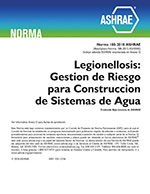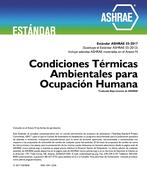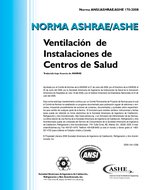Description
Assesses the impact of controlling an air conditioning (AC) system to maintain constant comfort instead of constant temperature. Three different indices of thermal comfort were used in the analysis. New effect temperature (ET*) from Gagge et al (1971), predicted mean vote (PMV) from Fanger (1970), and a modified PMV (PMV*) from Gagge et al. (1986). Maintaining constant comfort on hourly and daily bases was simulated. Hourly comfort control represented the performance of an ideal “comfort” thermostat, while daily comfort control was more typical of human interactions with a conventional thermostat. Daily and hourly comfort control resulted in similar impacts on energy use. A building’s simulation model (kerestecioglu et al. 1989) was used to simulate the impact of comfort control on energy use in a typical residence in Miami and Atlanta using three different AC systems – a high sensible heat ratio (SHR) AC, a medium-SHR AC, and a heat-pipe-assisted AC. A more generalised analysis of how comfort control would impact other advanced low-SHR AC systems is also presented. Under conventional temperature control, adding heat pipes lowered the space relative humidity (RH) but increased annual energy costs in Miami by 15%. Under comfort control (PMV), the energy cost of adding heat pipes dropped threefold to 5%. Conversely, comfort control penalised the high-SHR AC system because a lower temperature was required to compensate for higher space RH. A general analysis of the building load at a moderate infiltration rate (0.5 air changes per hour [ach]) showed that lowering space RH from 50% to 40% while holding temperature constant increased the total load by 11%. When the RH was reduced while maintaining constant comfort (PMV*), total load actually decreased by 3%. This implies that advanced high-efficiency, low-SHR systems may be able to reduce space RH with little or no increase in energy costs when comfort is considered.
KEYWORDS: unit air conditioners, comfort, controls, tropics, subtropics, air conditioning, thermal comfort, calculating, performance, thermostats, buildings, energy consumption, USA, comparing, relative humidity, heat pipes, temperature
Citation: ASHRAE Trans. 1992, vol.98, Part 2, Paper number 3607, 104-113, 12 figs., 3 tabs., refs. appendix
Product Details
- Published:
- 1992
- File Size:
- 1 file , 1.3 MB
- Product Code(s):
- D-17732




